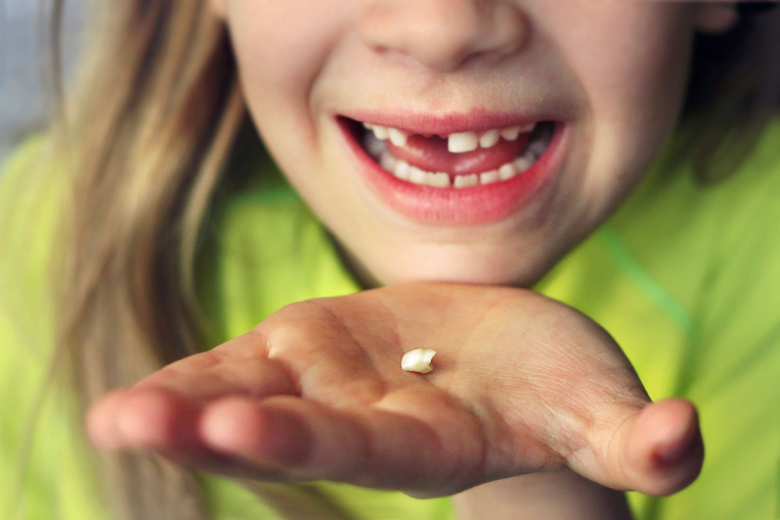
DiYES International School – Removing a child’s baby teeth can be a concerning decision for many parents. While baby teeth typically fall out naturally between the ages of 6 to 7 years, loose teeth can cause discomfort, especially when eating. This discomfort might lead some parents to consider removing the tooth themselves. However, is it safe to pull out a child’s baby teeth without a dentist’s assistance?
Parents can remove a child’s baby teeth without a dentist’s help, but there are important guidelines to follow. It’s crucial to ensure that the child is ready for the procedure. Let’s take a closer look at the conditions under which parents can safely remove a loose baby tooth.
It’s essential that the child is at least six years old before attempting to remove a baby tooth. Removing a tooth prematurely can lead to crooked adult teeth. Avoid pulling out a tooth if your child is younger than six years old.
Only attempt to remove the tooth if it is nearly ready to come out naturally. Pulling a tooth too early can cause bleeding and pain. Be sure the tooth is loose enough to come out easily before you proceed with removal.
If the tooth became loose due to an accident or injury, don’t try to pull it out. A dentist should assess the situation first. In these cases, pulling the tooth can cause complications or even worsen the injury.
“Read about: Hidden Signs of Vision Impairment in Children: What Every Parent Should Know”
While pulling a child’s baby tooth at home may seem convenient, visiting a dentist is often a safer choice. Dentists have the tools to perform the procedure in a sterile environment, ensuring that the process is both safe and comfortable for the child. If you’re unsure about whether to remove the tooth at home, it’s best to seek professional advice.
If you choose to remove the tooth at home, follow these guidelines to minimize discomfort and complications. First, ensure your hands are clean to prevent any bacteria from entering the child’s mouth. It’s also helpful to numb the area around the tooth by applying ice to the gums for a few minutes. This will reduce pain during the removal process.
Using clean tissue, gently twist and pull the tooth. If the tooth doesn’t come out with a light twist, don’t force it. Forcing the tooth out could cause pain or injury. If the tooth resists, it may not be ready to fall out. Wait a few more days and try again.
There are certain situations where a dentist’s involvement is crucial. For example, if the child’s baby teeth haven’t fallen out by the time they are 17, it might be necessary for the dentist to intervene. The dentist can also check if the permanent teeth are having trouble emerging.
Another reason to visit a dentist is if the baby tooth has developed an infection. Infections in baby teeth can affect the pulp, which is the inner part of the tooth. If untreated, the infection can spread to other parts of the body. In such cases, a dentist may need to extract the tooth and provide antibiotics to prevent further complications.
“Read more: Education Centered on Children’s Uniqueness”
Some children experience difficulty in losing their baby teeth on schedule. This delay can lead to overcrowding and misalignment of the permanent teeth. If this occurs, orthodontic treatment might be required to straighten the teeth.
Furthermore, dental issues such as cavities or infections can also hinder the natural shedding of baby teeth. If a child’s tooth is not falling out as expected, consult with a dentist to determine whether there are underlying dental concerns.
In summary, while parents can remove their child’s baby tooth, it’s important to ensure the procedure is done at the right time and under the right conditions. When in doubt, seek professional dental advice to ensure the safety and health of your child’s teeth.